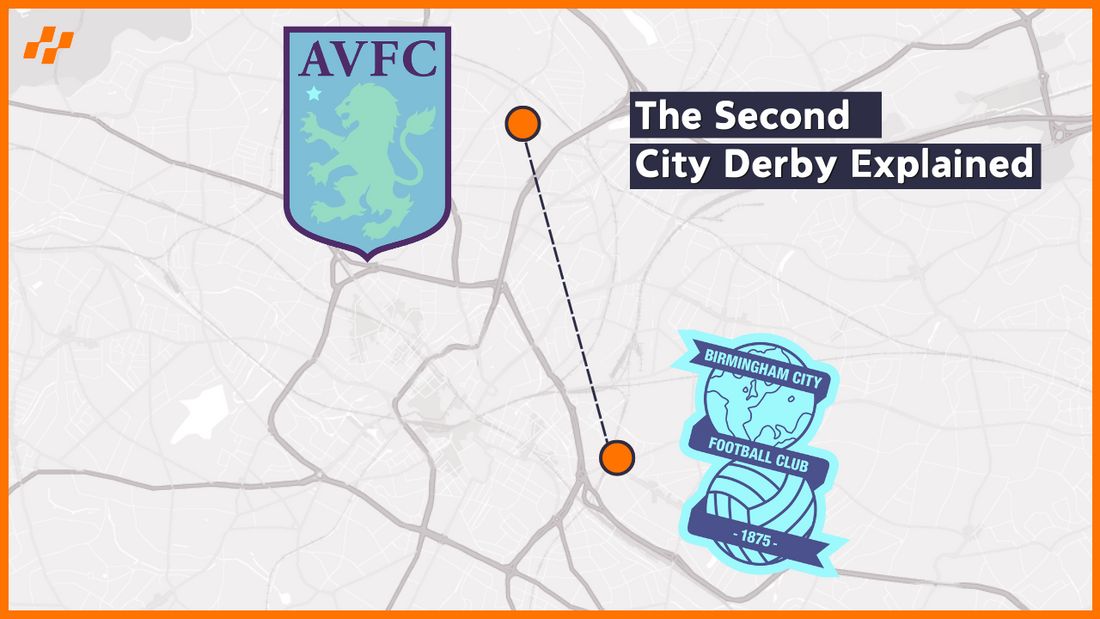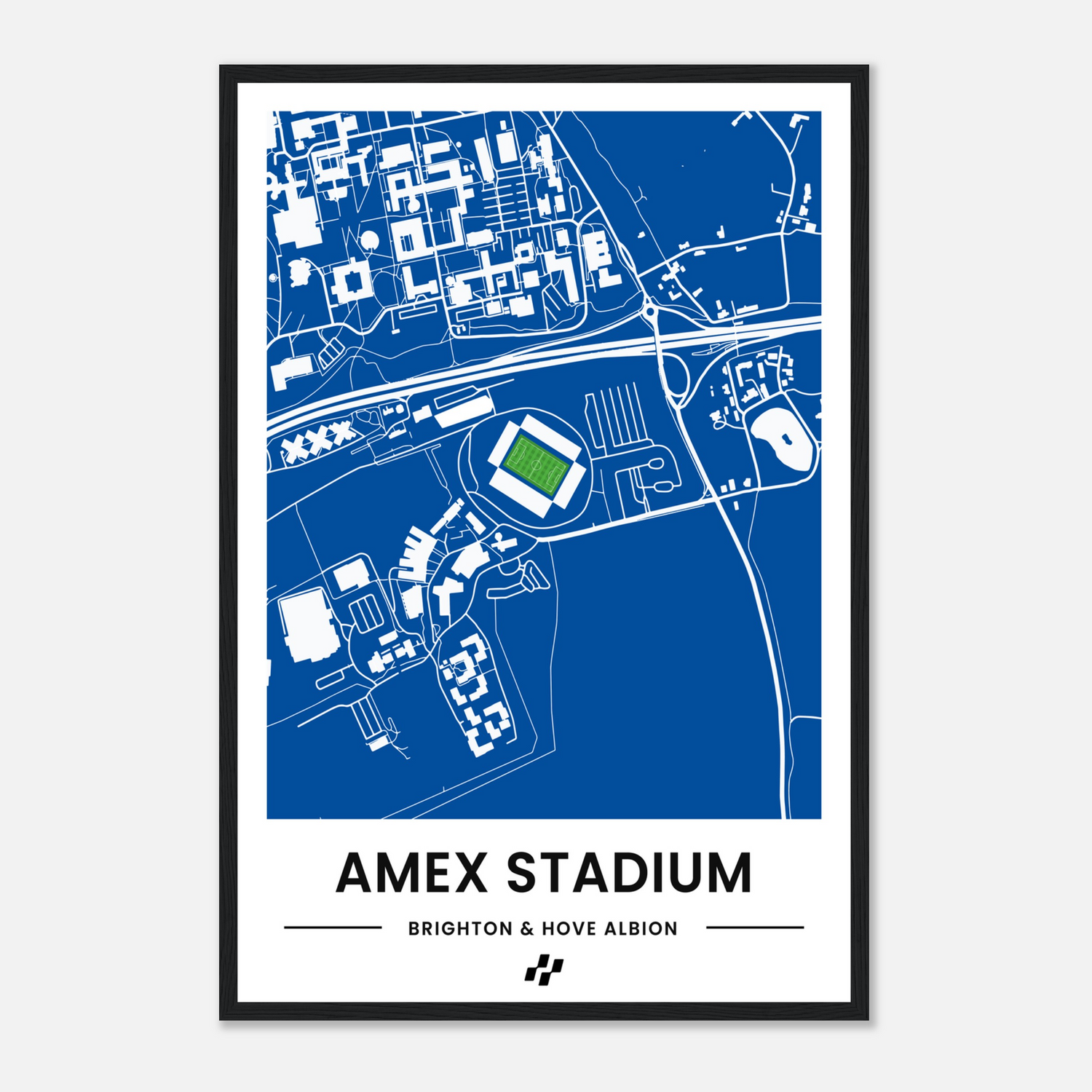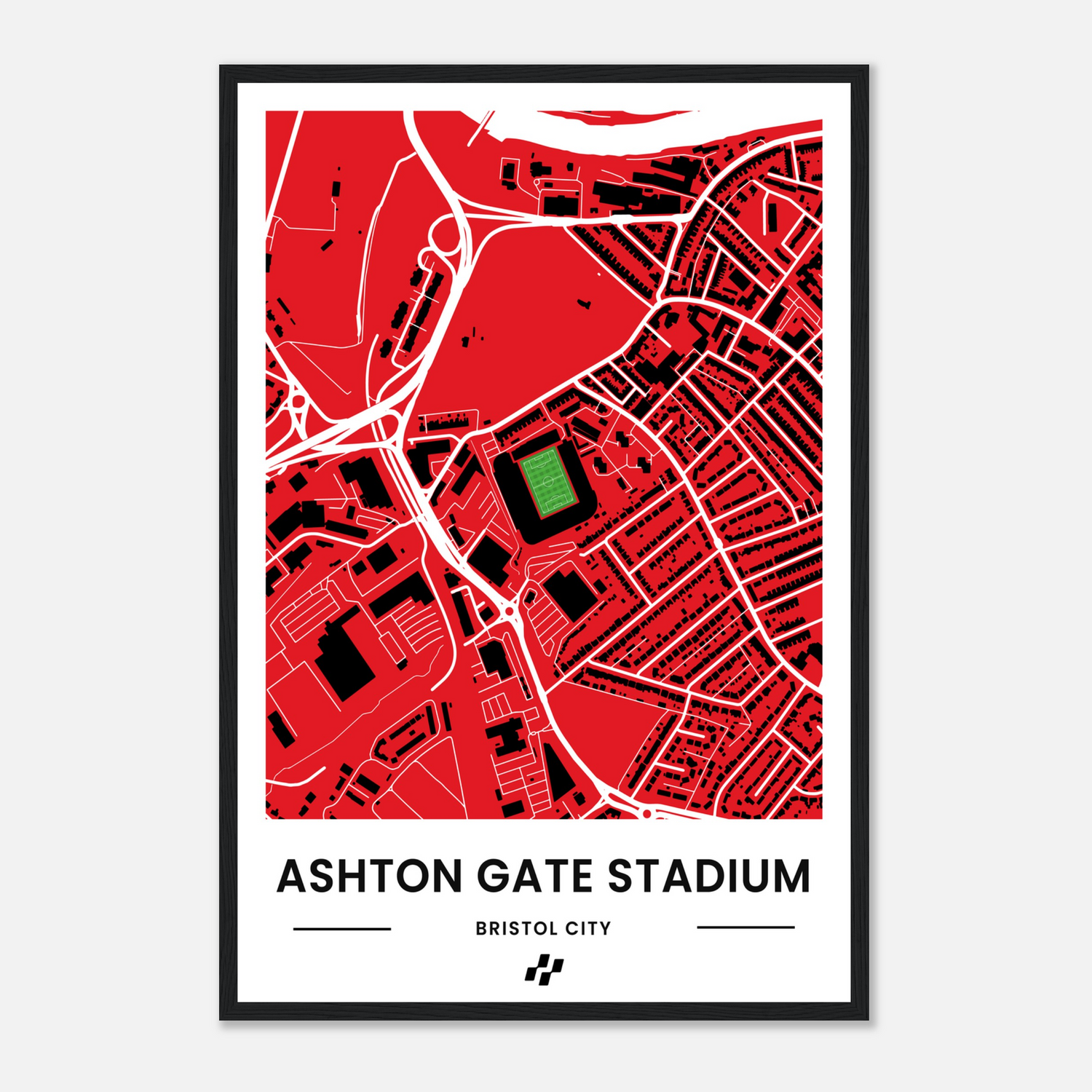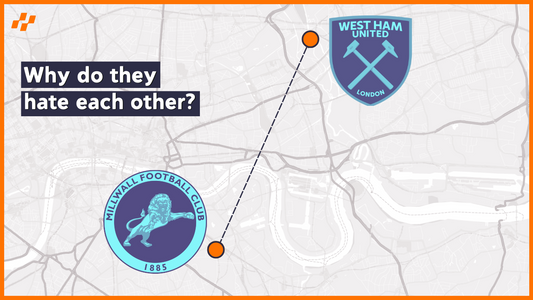
Aston Villa & Birmingham City: The Second City Derby Explained
Share
The derby, every fan’s favourite day of the football season, epitomises rivalry and everything a passionate supporter loves about the game.
Dirty challenges, on field verbals and the great shithousery we’ve all come to know and love, make any derby day from all over the country, from Merseyside to London, one to remember.
A day of ecstatic highs and miserable lows, a day that can momentarily tear families apart, a day that everywhere in the UK will sooner or later come to experience, for better or for worse.
The City of Birmingham, or the “second city”, is no stranger to a derby tie, with two great rivals, Aston Villa and Birmingham City, having had their fair share of controversy over the years.
It can be guaranteed that on the day of the Second City Derby, Birmingham itself will be torn in two, with fans from the opposing sides feeling genuine hatred for the other. But you may ask: Is this not what makes any derby a true contest?
The answer is YES, yes it does, and today we will take a deep dive into the highs and lows of the great rivalry between Aston Villa F.C. and Birmingham City F.C.
By Josh Greaves
Watch the full video on our YouTube Channel
The origin of a great british footballing feud
To find the birth of this conflict, we must go all the way back to the Victorian era, and the clubs’ respective beginnings.
During this time the clubs were on a much smaller scale, each representing towns and each growing in the Birmingham area.
While Aston Villa (founded on November 21, 1874) represented, unsurprisingly, the town of Aston, Birmingham, who at the time went by the title ‘Small Heath Alliance’ and was founded on June 16 1875, even less surprisingly represented the area of Small Heath: who would have thought?
The two clubs first met on the 27th of September 1879, where, then, Small Heath, crafted a home win 1-0 - a winning start against the future rivals.
Despite this, the first competitive game played by the two came almost a decade later in the 1887/88 season. It was an FA cup tie that saw Villa take a handsome 4-0 win, showing their growing status and setting a foundation which they could build up on in future derbys.
As time went on, the two teams found themselves in entirely separate places, with Villa cementing themselves in the then First Division, branding themselves as a great success in English football, and even gaining recognition in Europe, whilst Birmingham were barely considered a rival, slumped back in the Second Division and barely scraping the surface of what Villa had, and were, achieving.
In these early days, it was actually NOT Birmingham who were seen as Aston Villa’s biggest rivals, with it being generally considered that they were too far behind the First Division side, and unworthy of a rivalry with the big time team - sorry BCFC fans!
It was actually West Bromwich Albion who were the greatest neighbourly challengers, who, for a start, were in the same league as Villa, and to the early 1900s supporters, posed a greater battle.
As time passed, almost out of nowhere, this conception reversed, as Villa and Birmingham City fans brewed an animosity over the years that created a derby far superior to that of West Brom.
It’s been said that West Brom’s fluctuation in quality, and league’s, throughout the naughties was probably the main cause for this, but the intensity of Villa/Birmingham tie had already bared its teeth before this, such as Paul Tait’s antics in the 1995 Auto Windscreens Shield final. But we’ll come back to that soon.
Safe to say by the late 20th century and early 2000s, the Second City rivalry was in full flow, and has since provided us with the heart of a proper contest, as well as great entertainment, mixed in with some not so pretty memories also.
Birmingham Controversy: the fuel that lights this footballing fire
By now it’s no secret that the tie between Aston Villa and Birmingham City has had it’s fair share of controversy, with the rivalry having been littered with drama and even disrespect over the years.
Like any derby or important game of football, tensions will no doubt rise as emotions boil over as things often get out of hand.
With the football quality often decreasing in these clashes as teams get physical and aim to leave a lasting impact on the other, as well as assuring they secure the result for themselves.
Coming back to Paul Tait, for those who know, the incident in 1995 was a great shithouse moment in football, which Birmingham fans will no doubt remember for many years to come.
What actually happened, for those who don't know, was during the 1995 Auto Windscreen Shield Final where Birmingham took on Carlisle for the title.
The game was goalless after full time and needed someone to step up and win the title, which Paul Tait did, with his 103rd minute winner which sealed the victory for Birmingham City.
But not only did Tait carry his team to this win, he also left a lasting memory to fuel a battle with Villa even further.
When celebrating his winning goal, which also happened to be the first golden goal scored at Wembley, Tait ran over to the BCFC fans and pulled up his shirt, revealing underneath a sign that will forever cement the midfielder as a Birmingham City legend: Shit on the Villa.
This was a mega f*** you to Villa, and Tait’s aim of holding a metaphorical middle finger up at their second city opposition was accomplished no problem!
Controversy caused! And more to follow as numerous possible consequences for Tait were thrown around as a result of his stunt, which he claimed was a private joke and not premeditated - nice try.
It was decided that Tait would be docked two weeks wages for his efforts, which I’m sure was a small price to pay to cement his legendary status within Birmingham City Football Club.
Sometimes, however, these rivalries can take a turn for the worst, showing the ugly side of the sport, like back in 2019.
On this particular day, 10th March, it was the return of the second city derby and the lead up caused tension and excitement around the game for fans and players.
But just 10 minutes into the game at St Andrews, Birmingham City’s ground, leading force and star player for Villa, Jack Grealish, was punched to the floor by a rampant Birmingham fan who had somehow found his way onto the pitch.
This is an example of the heat that can prevail in this tie and how emotions can easily boil over.
Despite what happened, Grealish was able to overcome this aggression and score the winning goal for Villa, as they beat their rivals 1-0, however the game was still overshadowed by the incident and was leading national and sporting headlines the next day.
The offender was sanctioned accordingly and Grealish was unharmed, but what had happened left a bitter taste in the mouths of both sets of supporters.
The legacy and future of this famous tie
Currently Villa are coming into their own in the Premier League, establishing themselves once again as a force to be reckoned with at the top of the table, at the very pinnacle of English football, even making waves in Europe too, enjoying relative success in the Champions League.
Whilst Birmingham find themselves currently well behind their famous opponents, in English Football League 1, they lead the way in this league.
Despite this two division difference, the future looks bright for the club, as they continue to up their quality and prove that they are a club on the rise.
Add in the support of wealthy club owners, with Shelby Companies Ltd, Knighthead Capital Management and the great American Football player Tom Brady all holding shares in the club, you’ve got a Birmingham City that is set up better than ever.
Taking into account all of these factors, it seems an extremely likely prospect that the two clubs will reunite in the near future, and wow us all again with the enticing games this fixture can produce.
There's no doubt that Aston Villa and Birmingham City share a great rivalry which can bring out entertaining aggression and memorable moments that fans will remember for a lifetime, moments that unite fans and break hearts, and make the footballing derby a special day in the football calendar, but in order to enjoy this, extreme violence and hooliganism must be kept at bay, and the beauty of the sport we love will prevail.
This is no doubt a fixture that will continue to entertain for years to come, and continue to provide moments all footballing fans alike can remember.





